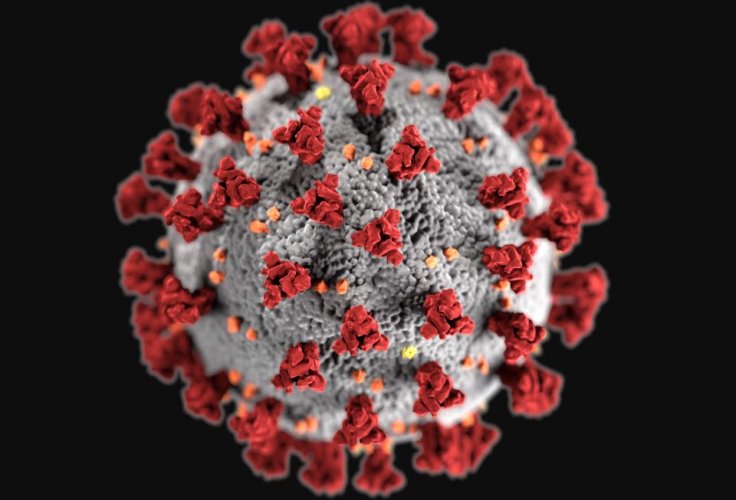The World Health Organization (WHO), which has been monitoring the Coronavirus pandemic since the outbreak in Wuhan, said that the virus may linger in the air in crowded indoor places, spreading from one person to another.
In an updated version of WHO's a scientific brief on the transmission of SARS-CoV-2, the agency clearly said on Thursday, July 9 that the novel Coronavirus may be spread by people who do not have symptoms. As per the agency, "Infected people can transmit the virus both when they have symptoms and when they don't have symptoms," while earlier WHO said that the asymptomatic transmission, while it may occur, was probably "very rare."

The new update of Coronavirus transmission came after more than 200 scientists urged the WHO to revisit the research and revise its position as growing scientific and anecdotal evidence suggest that airborne spread is possible.
However, as per the 10-page brief, the agency also looks at the possibilities for COVID-19 transmission from mother to child, from animals to humans and through contact with urine, feces, and blood.
The Spread of Novel Coronavirus
An aerosol is a respiratory droplet which is so small that it can linger in the air. WHO said in its latest description that the virus transmission by aerosols may have been responsible for outbreaks of COVID-19 reported in "Some closed settings, such as restaurants, nightclubs, places of worship or places of work where people maybe shouting, talking or singing."
WHO had said that the airborne spread is the only concern in terms of certain medical procedures conducted by healthcare workers in hospital settings that create aerosols. That has been the agency's position since its first guidance document on infection prevention and control of the COVID-19, which was issued on Jan.10, 2020. But recent evidence has suggested that in crowded indoor places, the virus can stay aloft for a long time and infect others, and may even seed so-called superspreader events.
WHO has emphasized the role played by larger droplets that are inhaled or coughed, or by contact with a contaminated surface. In a document detailing scientific evidence, the UN agency still maintained that "detailed investigations of these clusters suggest that droplet and fomite transmission could also explain human-to-human transmission."
To avoid the risk of infection, people should avoid crowded places, close-contact settings, and confined and enclosed places with poor ventilation, said WHO, with an advice to make sure that homes and offices have good ventilation.

Benedetta Allegranzi, head of the WHO's infection prevention and control committee said on Tuesday, July 7 that the possibility of airborne spread in closed, crowded, poorly ventilated settings could not be ruled out. But, some experts have criticized WHO for being slow to acknowledge the chances of airborne spread while stressing on handwashing as the primary preventive strategy.
However, WHO's recent changes in its interpretation have failed to convince the scientific community. As already reported, Dr. Trish Greenhalgh, a professor of primary health care at the University of Oxford said the WHO's new scientific brief is not convincing as it is clear that the members of the committee interpreted the evidence differently. "The push-pull of that committee is palpable. As everyone knows, if you ask a committee to design a horse, you get a camel," she said.
The staff at the Geneva-based agency and almost 30 volunteer experts have spent weeks to review the evidence on the possible modes of virus transmission. As per some of the experts, WHO has accepted the occurrence of the droplet and fomite transmission, but it is still looking for definitive proof of the virus spread by aerosols.









